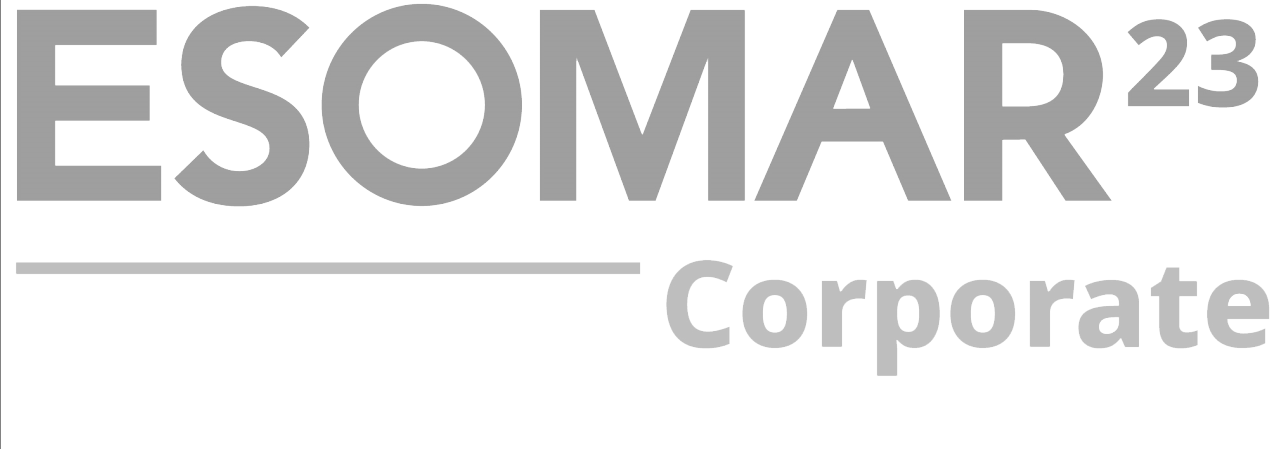5 reasons why businesses are still benefiting from face-to-face focus groups
For qualitative market research, one of the best ways of gathering feedback is conducting face-to-face interactive sessions, especially with carefully selected focus groups.

For qualitative market research, one of the best ways of gathering feedback is conducting face-to-face interactive sessions, especially with carefully selected focus groups.
In focus groups, 6-10 respondents are gathered at a single location, facilitated by a moderator or a researcher. They can be given a product to try out. They can also be briefed about an issue or a topic they need to give their opinion on.
Then, over a session of 90-120 minutes, interaction takes place. The primary purpose of this interaction is to obtain feedback of the participants/respondents. For example, if they have been given a product to explore or use for a while, they share their opinion about the product as independent users or consumers who are not emotionally invested in it (unlike the developers, the designers or the manufacturers).
The job of the facilitator or the moderator is to keep the focus group focused on the topic being discussed and whenever they digress, it is his or her responsibility to bring the group back to the main topic.
In the times of the Internet where one can immediately interact with someone from the other part of the world, why do businesses still use face-to-face interviews among focus groups?
In this blog post we are discussing 5 reasons why, even when online surveys and telephone interviews are more convenient and give you a wider reach, many businesses still prefer face-to-face focus groups for market research.
- Greater clarity of subject at hand: Since a face-to-face focus group is moderated by a trained researcher, there is no scope for confusion or diversion. The moderator or the facilitator knows what data or feedback is required to make the interaction successful and accordingly, he or she constantly steers the discussions and exchange of ideas towards the end goal. For example, if you want to obtain feedback about the UX of a mobile app you are developing, the moderator can ensure that the group talks about user experience rather than the core features of the mobile app, which might be another topic for another focus group.
- You get to observe your prospective customers and consumers live: Nothing can compare observing your customers and consumers using and experiencing your product or service in real-time. You will be able to observe how easy or difficult it is for them to navigate to various features of your product yourself. Even through facial expressions and body language you can conclude how satisfied or dissatisfied they are while experiencing your product or while expressing themselves.
- You get a totally new perspective through group interaction: In the heat of the discussion, the interaction can take a totally different, unexpected direction which you could have never anticipated on your own. For example, the respondents or participants can come upon an entirely different use of your product than for which, you had originally designed it and hence, opening up an entirely new opportunity for you.
- You save time and money: Compared to other forms of market research, face-to-face focus groups demand less time and less money. It is easier to assemble a focus group of 6-10 respondents at a convenient place. Even if you pay for the conveyance and the venue, it is not a humongous cost. One session exists for 90-120 minutes and even if you have 3-4 such sessions with different focus groups, the cost and the time needed are going to be a lot less than other market research methodologies.
- You can gather data in different formats: Since, in a face-to-face focus group interview, people are sitting in front of each other, the moderator can gather data in multiple formats. He or she can get audio data. The interactions can be video recorded. Photographs can be clicked. A predesigned form can be used to fill up the needed information. Flowcharts and sketches can be used to take note of more abstract concepts.
Find out how our market research can help your business grow
In the term itself “face-to-face focus groups” there are 2 attributes that bring you immediate benefits:
- Researchers interact with the respondents face-to-face and hence there is no intermediary technology or mechanism that distorts data.
- As the name suggests, “focus groups†are more focused and hence, information can be obtained from them in a concentrated form.
Face-to-face focus groups are in fact so widely used that that there are different types of focus groups: mini focus groups, nominal focus groups, recall focus groups, triads, or dyads (pairs). In the subsequent blog posts, we will throw some more light on these specific focus groups.










